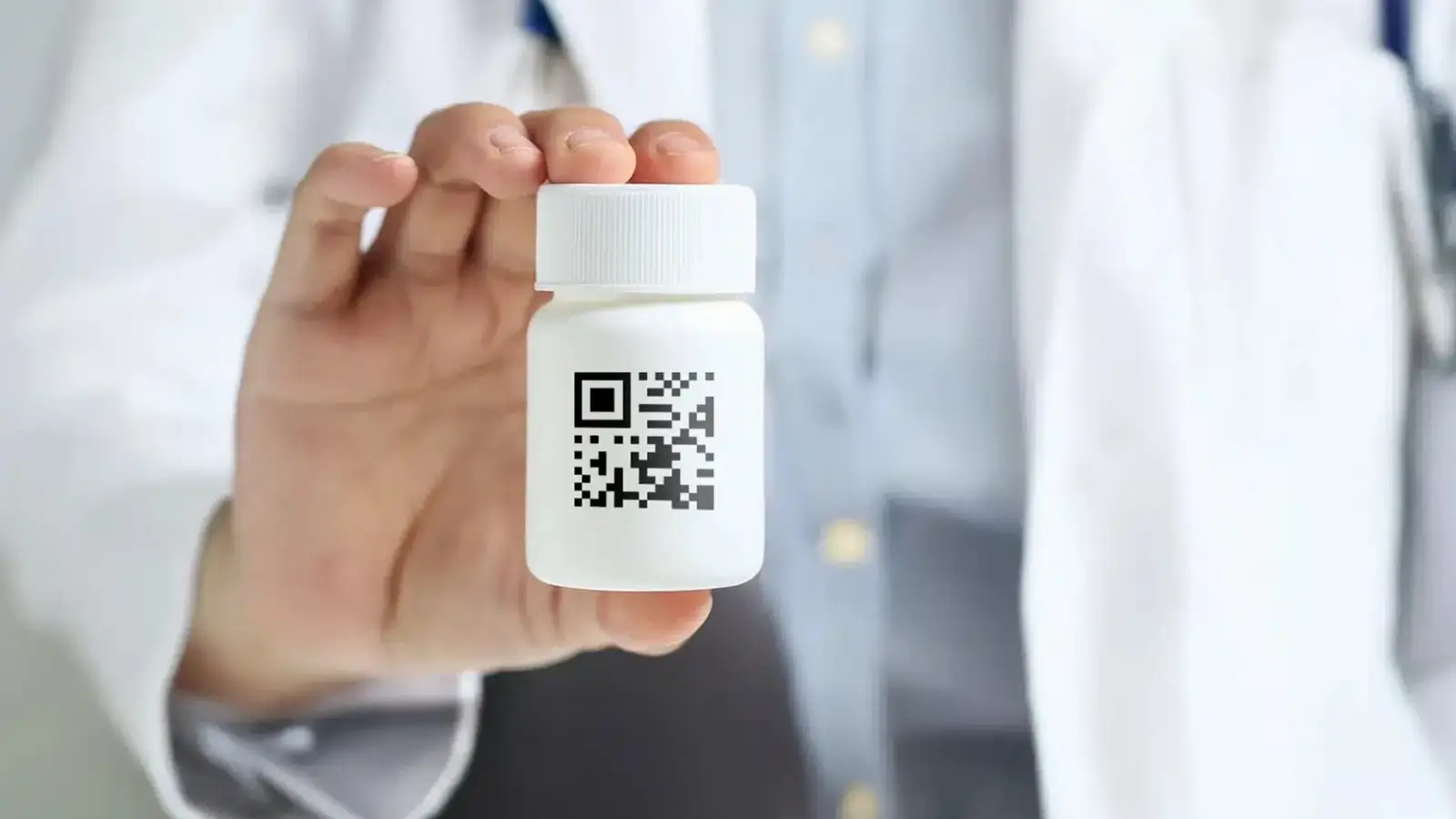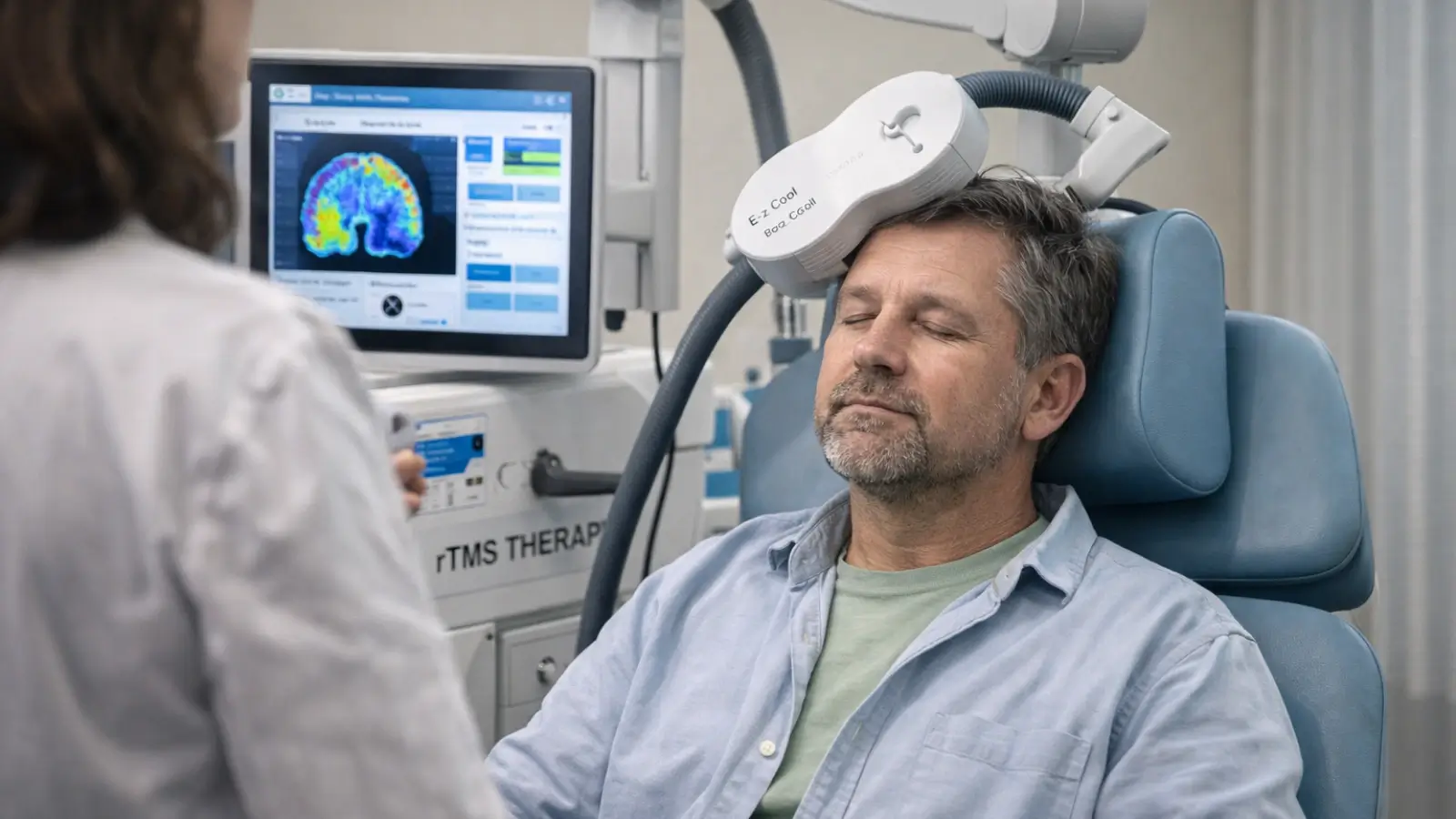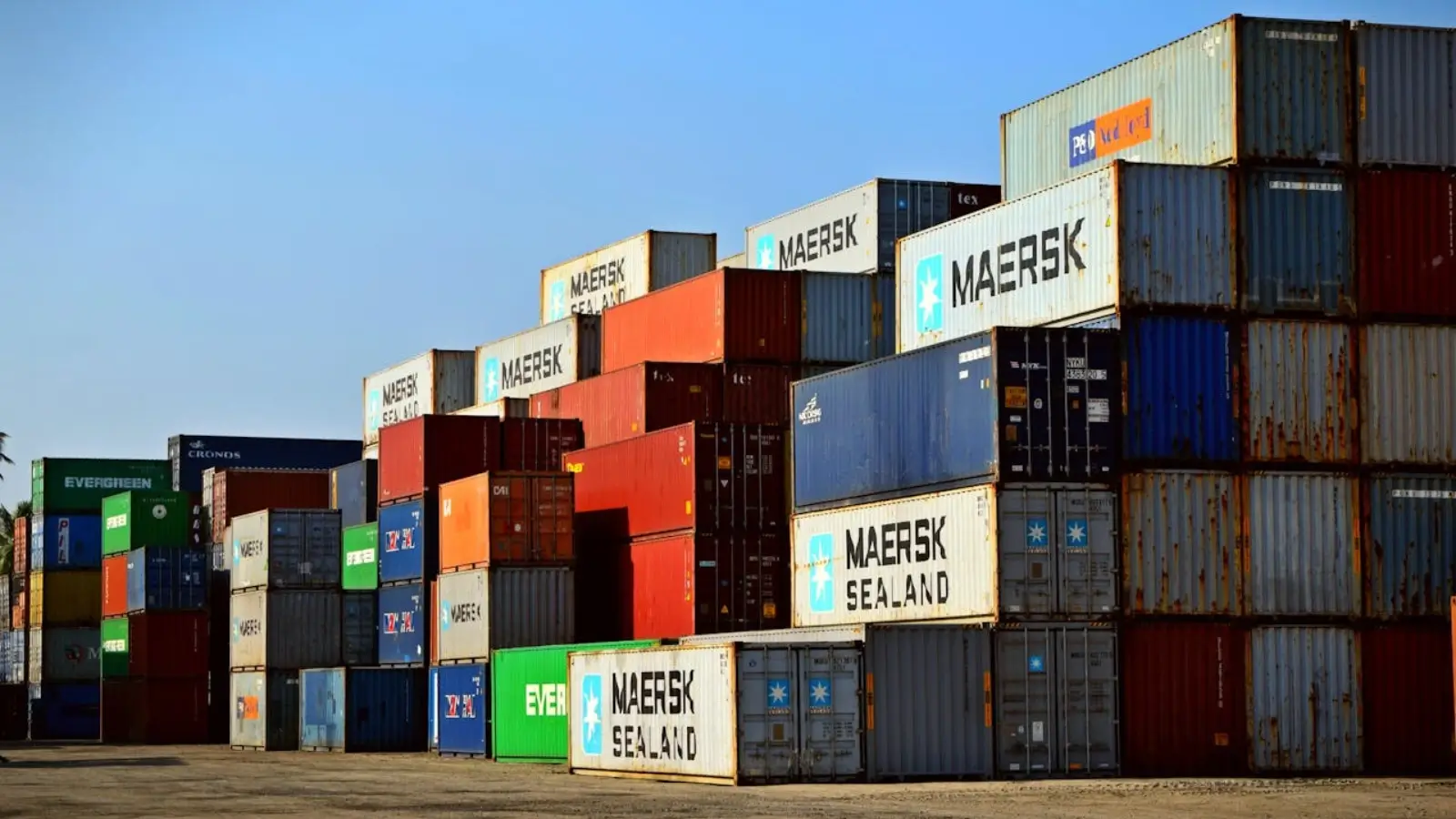In 2025, the pharmaceutical industry continues to operate in a high-stakes environment where patient safety, regulatory accountability, and global coordination are critical. As drug distribution becomes increasingly complex, companies are re-evaluating how they monitor every unit of medication leaving their facilities. This shift has led to an industry-wide prioritization of technologies that can deliver real-time product visibility, authentication, and location data across the supply chain.
The need for integrating track and trace technology is no longer limited to quality assurance teams. It is now a core necessity felt across manufacturing, compliance and logistics. This blog explores how the technology supports important pharmaceutical functions and strengthens end-to-end control.
Regulatory Expectations Have Become More Demanding
Government authorities across the world have introduced rigorous pharmaceutical traceability frameworks. These regulations require drug manufacturers and distributors to implement item-level serialization and maintain a secure, tamper-proof record of product movement.
Country-Specific Mandates
The Drug Supply Chain Security Act (DSCSA) in the United States mandates full traceability of prescription drugs using unit-level serialization and electronic transaction records. In India, the Central Drugs Standard Control Organization (CDSCO) requires pharmaceutical exporters to serialize packaging and upload tracking data to the Drug Authentication and Verification Application (DAVA) portal. Ongoing proposals also suggest extending serialization norms to domestically sold drugs, reflecting India’s move toward comprehensive national traceability standards.
Adapting to Diverse Standards
For companies operating in multiple countries, aligning with these varied legal structures involves deploying flexible data capture and reporting systems. It also requires the ability to integrate with national verification databases while maintaining global synchronization.\
Counterfeit Prevention Is a Primary Use Case
The risk of counterfeit medicines entering legal distribution networks remains a global concern. These unauthorized products compromise patient safety, damage brand trust, and expose companies to legal and reputational liabilities.
Serialization Enhances Product Security
Serialization assigns a unique identifier to each saleable unit, allowing verification at every transfer point. When combined with a centralized data repository, this process creates a secure digital trail from manufacturing to point-of-dispensing.
Faster Detection and Isolation
In the event of an irregular scan or duplication of serial numbers, companies can isolate the compromised units in real time. This shortens investigation timelines and helps ensure that unsafe products are intercepted before reaching patients.
Inventory and Logistics Benefit from Greater Transparency
While regulatory compliance drives initial adoption, the broader impact of track and trace technology is seen in inventory optimization, logistics performance, and demand forecasting. Real-time data enables pharmaceutical companies to make faster, better-informed decisions about supply chain operations.
Responsive Inventory Control
With full visibility across warehouses, distribution centers, and retail partners, companies can track how quickly products are moving, where they are delayed, or when they are approaching expiry. This allows for proactive redistribution of slow-moving or critical inventory.
Improved Cold Chain Oversight
For temperature-sensitive products such as vaccines, biologics, and insulin, traceability systems can include thermal monitoring at each transit stage. Alerts can be generated if temperature thresholds are breached, ensuring that only safe and effective medication reaches patients.
Recalls Are Executed with Greater Precision
Product recalls are among the most sensitive operations in pharmaceutical logistics. Delays or inaccuracies can result in public health incidents, loss of credibility, and financial penalties.
Unit-Level Traceability in Action
By linking each product's serial number to its movement history, companies can identify precisely where affected units have been shipped or sold. This avoids broad, disruptive recalls and allows targeted notification to distributors, pharmacies, or healthcare providers.
Regulatory Coordination
Authorities expect companies to respond quickly with complete traceability documentation during an audit or recall. Having a digital audit trail available accelerates communication and enhances cooperation during critical interventions.
Enhancing Patient Transparency and Product Trust
Consumers are increasingly informed and digitally engaged. Traceability tools now extend beyond the backend and into the patient experience, offering users more insight into what they consume.
Scannable Packaging for End-User Verification
Pharmaceutical packaging often includes QR codes or 2D barcodes that patients can scan using a smartphone. These tools confirm the product’s origin, batch number, expiry, and regulatory approvals, reinforcing safety and transparency.
Track and trace technology also supports mobile authentication platforms, where patients can report adverse reactions, verify batch safety, or receive recall updates in real time. This two-way visibility strengthens relationships between brands and their end users.
A Strategic Tool for Future-Ready Pharma Operations
As the pharmaceutical industry becomes more interconnected, traceability is no longer viewed as a standalone compliance mechanism. Instead, it is a foundation for digital transformation, operational agility, and patient engagement.
Companies are increasingly investing in trace and track systems for pharma packaging not only to meet legal obligations but to enable data-driven decision-making, streamline supply chain coordination, and offer verifiable trust to healthcare professionals and consumers alike.
Final Thoughts
Pharmaceutical companies in 2025 recognize that traceability is not just a technical upgrade. It is a strategic necessity that touches every aspect of operations, right from manufacturing floors to retail counters. With regulations expanding and consumer expectations rising, the ability to track and verify products throughout their lifecycle has become central to success.
Those who build robust, scalable traceability frameworks today are not only ensuring compliance but also laying the groundwork for a more transparent, resilient, and trusted pharmaceutical future.
















